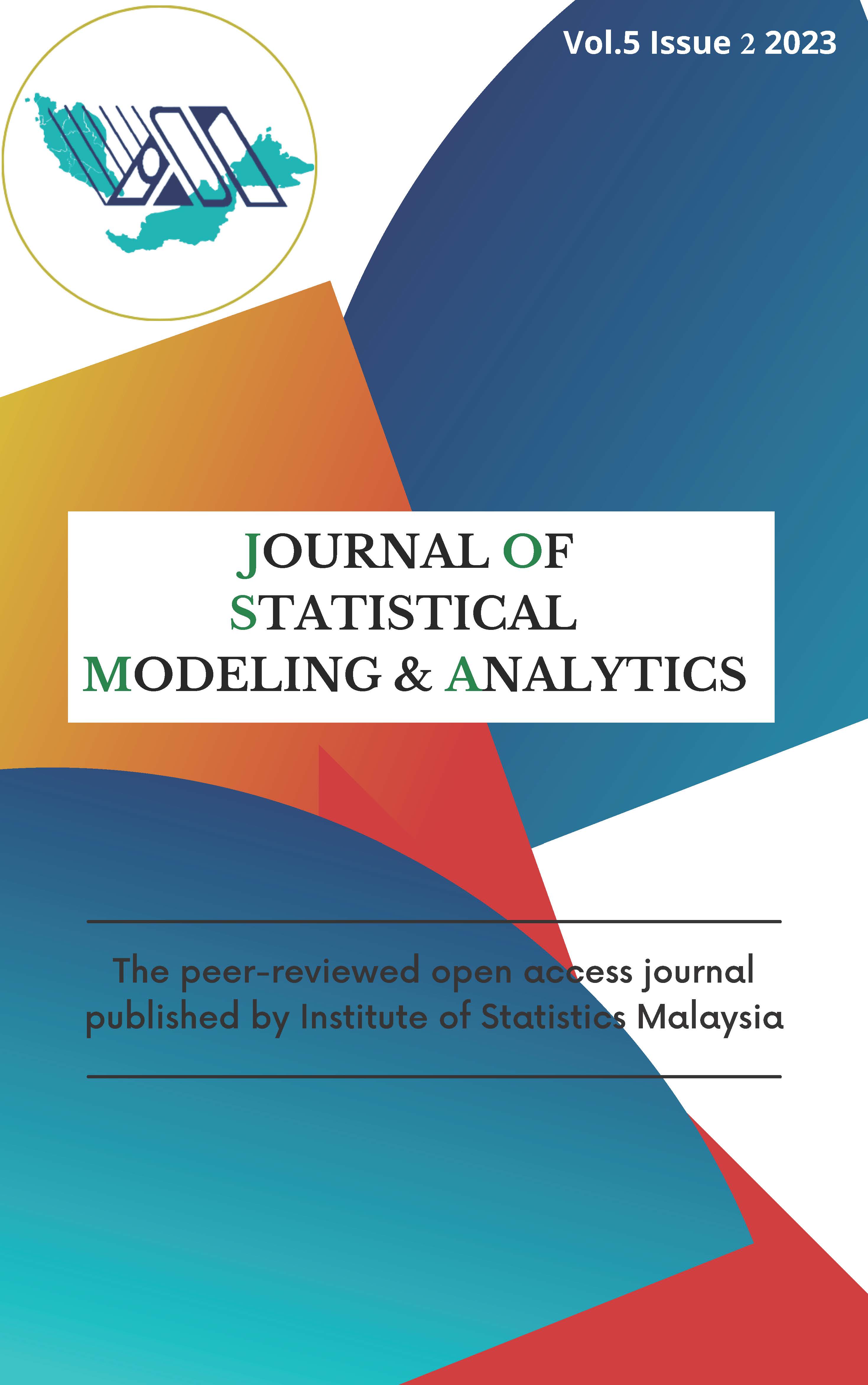Predicting Indonesia’s Gross Domestic Product (GDP): A Comparative Analysis of Regression and Machine Learning Models
DOI:
https://doi.org/10.22452/josma.vol5no2.4Abstract
This research paper presents an analysis of Indonesia's quarterly Gross Domestic Product (GDP) growth spanning a significant 13-year period, from the first quarter of 2010 to the fourth quarter of 2022. The study focuses on utilizing four key economic indicators to gain insights into the country's economic performance during this timeframe. To develop accurate predictive models, we utilize Multiple Linear Regression (MLR), K-Nearest Neighbours (K-NN), and Artificial Neural Network (ANN) approaches. The models are compared based on performance metrics, including the Mean Absolute Error (MAE) and the Root Mean Squared Error (RMSE). Our findings indicate that the MLR model outperforms the machine learning models, K-NN and ANN, in forecasting Indonesia's GDP. This suggests that a simpler and more explainable model, such as MLR, suffices to provide meaningful and interpretable results. The paper's insights are valuable to economists, policymakers, and researchers, offering a practical and understandable means to predict Indonesia's economic trajectory.
Keywords: Artificial Neural Network (ANN), Gross Domestic Product (GDP), K-Nearest Neighbours (K-NN), Multiple Linear Regression (MLR), Predictive Models.


